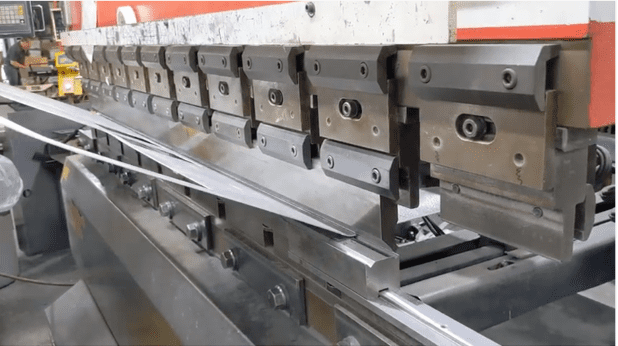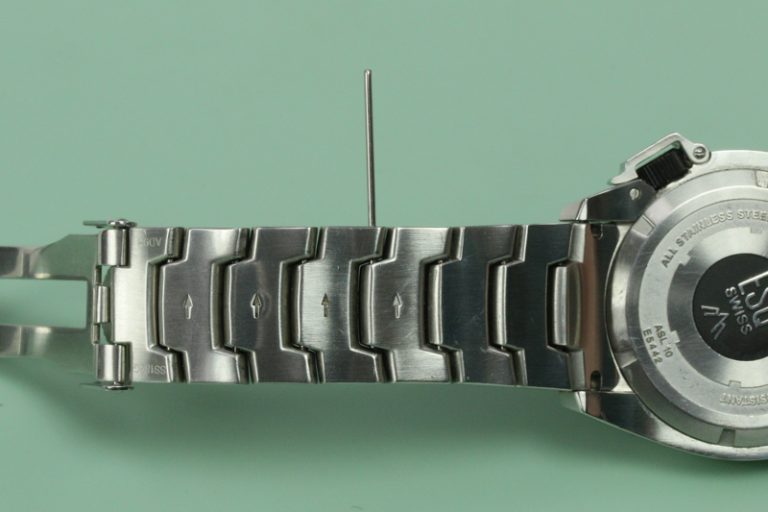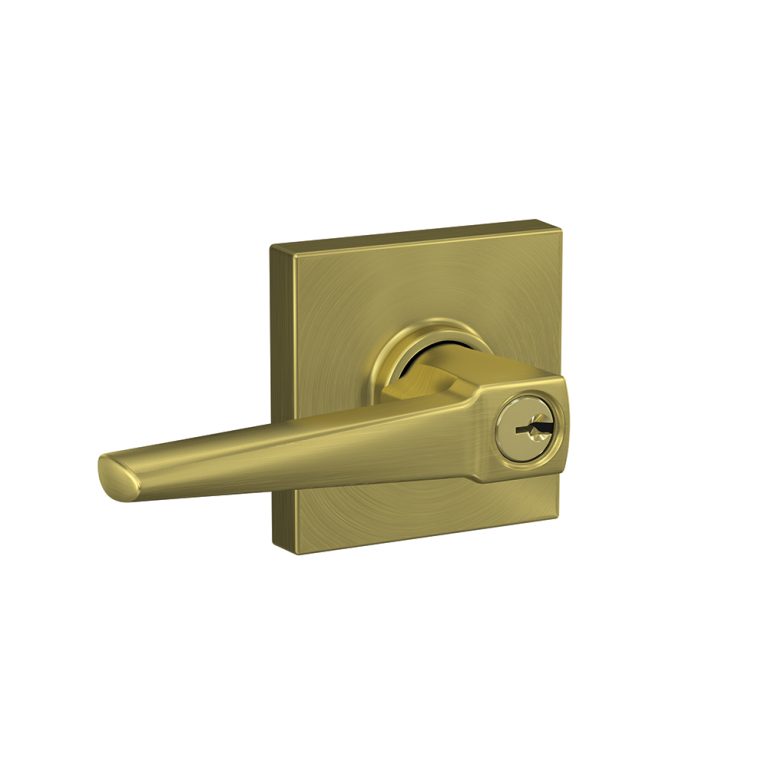Everything You Need to Know About Miter Saws
A miter saw is an essential tool for carpentry and woodworking, known for its precision and versatility in making crosscuts and miter cuts. Whether you’re a professional or a DIY enthusiast, understanding the features and capabilities of a miter saw can significantly enhance your projects. This article delves into the key aspects of miter saws, answering common questions and highlighting its applications, including its relevance in construction projects involving materials like geotextile.

What is a Miter Saw and How Does it Work?
A miter saw is a specialized power tool used to make accurate crosscuts and miter cuts in a workpiece by positioning a mounted blade onto a board. The workpiece is typically held against a fence, which provides a precise cutting angle. The blade pivots left or right to produce angled cuts, and in some models, it can also tilt to make bevel cuts. The primary function of a miter saw is to achieve precise, clean cuts quickly and efficiently, making it indispensable for tasks that require high accuracy.
What are the Different Types of Miter Saws?
There are three main types of miter saws:
- Basic Miter Saw: This model allows you to make crosscuts and miter cuts at various angles.
- Compound Miter Saw: In addition to crosscuts and miter cuts, this saw can also make bevel cuts thanks to its tilting blade.
- Sliding Compound Miter Saw: This versatile saw includes a sliding feature that allows the blade to move forward and backward, accommodating wider workpieces.
Each type of miter saw serves different needs, with the sliding compound miter saw being the most versatile for a wide range of projects.
What Should You Consider When Choosing a Miter Saw?
When selecting a miter saw, consider the following factors:
- Blade Size: Common blade sizes range from 7.25 inches to 12 inches. Larger blades can cut through thicker materials.
- Power: Measured in amps, more powerful saws can handle tougher materials with ease.
- Precision Features: Look for features like laser guides, adjustable fences, and positive stops for increased accuracy.
- Safety: Ensure the saw has safety features such as blade guards, electric brakes, and secure locking mechanisms.
These considerations will help you choose a miter saw that best fits your specific needs and projects.
How Do You Maintain a Miter Saw for Optimal Performance?
Proper maintenance of your miter saw is crucial for its longevity and performance:
- Clean the Saw Regularly: Remove dust and debris after each use to prevent buildup that can affect the saw’s operation.
- Check and Replace the Blade: Inspect the blade regularly for dullness or damage. Replace it as needed to ensure clean cuts.
- Lubricate Moving Parts: Keep the pivot points and sliding mechanisms lubricated for smooth operation.
- Inspect Safety Features: Regularly check that safety features, such as the blade guard and electric brake, are functioning correctly.
By following these maintenance tips, you can ensure that your miter saw remains in excellent working condition for years to come.
A miter saw is an invaluable tool for precise cutting tasks in woodworking and carpentry. Understanding its types, features, and maintenance can help you make the most of this versatile tool. Whether you’re cutting through wood or materials like geotextile in construction projects, a well-chosen and maintained miter saw will significantly enhance your efficiency and accuracy.



